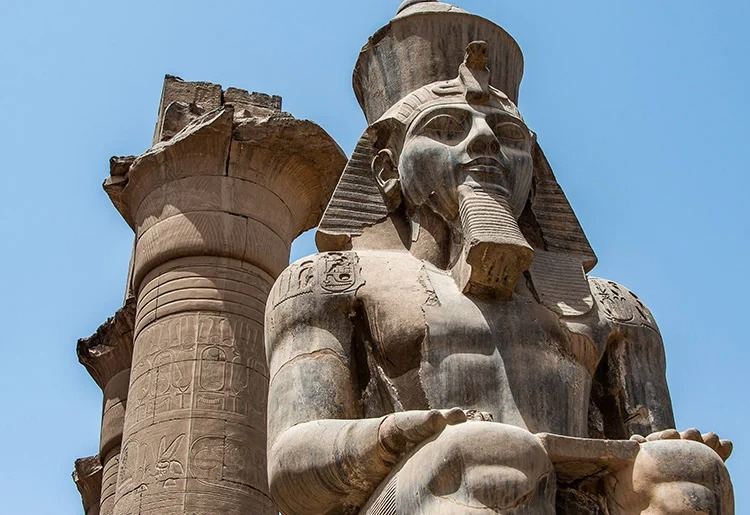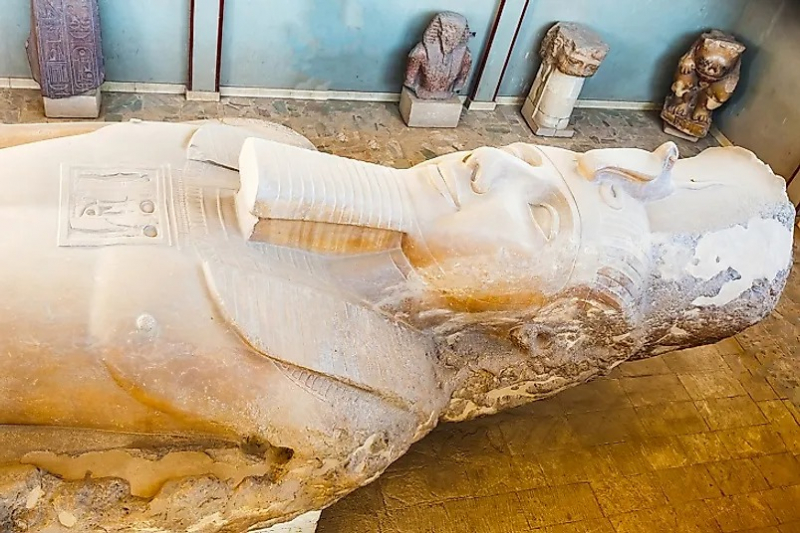Ramesses II
Ramesses II was the third pharaoh of the 19th dynasty and one of the most famous ancient Egyptian Pharaohs. The Egyptians often referred to him as the "Great Ancestor". Ramesses is said to have enjoyed a victorious military career, greatly benefiting the kingdom. He led several military expeditions and conquered many enemies such as the Hittites, the Syrians, and the Nubians. It is believed that no pharaoh has ever surpassed his architectural achievements. He built a large number of monuments spread throughout Egypt that are now a proud part of Egyptian heritage.
Ramesses II's unusual contributions continued after his death when his remains were sent to archaeological authorities in France for restoration. Egyptian officials had to issue passports for the dead pharaoh's body to ensure a legal and safe return. The right documents were prepared along with a passport stating "King (deceased)" as his occupation. The mummy was received at the airport with all military honors due by a king. Ramesses II, the great king of kings and creator of the huge temples at Abu Simbel, was married three times and maintained a harem of more than 200 women, giving birth to 100 sons and 60 daughters.
- Duration of reign: 1279 BC – 1213 BC












